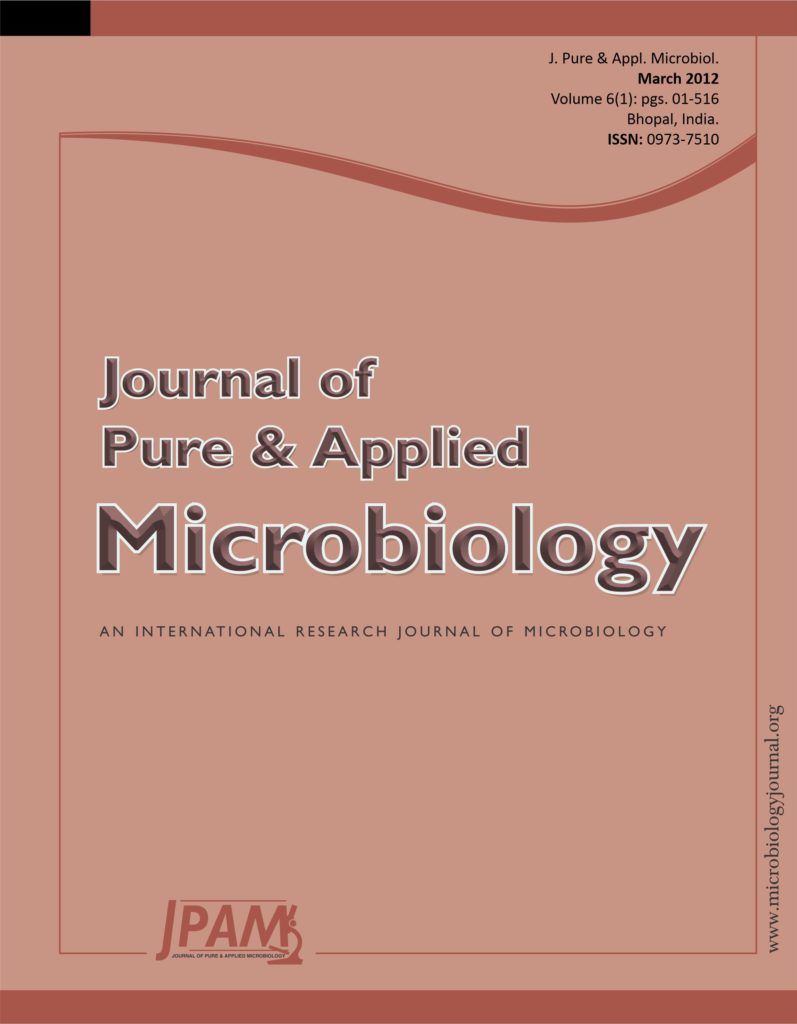Aloe zebrina, a succulent plant, is a source of energy, food and has industrial uses. This is because of its nutritional and medicinal value in treating skin cancers and diseases. The objective of this study was to isolate and identify the fungal species associated with the malformation of the Aloe zebrina as a primary obligatory step to control the causal agents for this disease. Samples of infected Aloe zebrina flowers were collected from the gardens in the campus of the University of Namibia and pure cultures of fungi were isolated from the infected flowers using Potato Dextrose Agar media. DNA was extracted using the CTAB method and was amplified using combination of primers namely, ITS1 and ITS2, ITS1 and ITS4 and ITS3 and ITS4. The PCR products were sent for automated sequencing at Inqaba Biotec Industries in South Africa. The sequences were compared to known sequences of organisms in the Genbank by using the Basic Local Alignment Search Tool (BLAST). The BLAST searches revealed the identity of different fungi to be Nigrospora oryzae, and Arthrinium phaeospermum. This is the first report on fungal species associated with malformation of Aloe zebrina flowers and further work is on testing Koch’s postulates on these fungi.
Aloe zebrina, Flower malformations Nigrospora oryzae, Arthrinium phaeospermum, Internal transcribed spacer
© The Author(s) 2012. Open Access. This article is distributed under the terms of the Creative Commons Attribution 4.0 International License which permits unrestricted use, sharing, distribution, and reproduction in any medium, provided you give appropriate credit to the original author(s) and the source, provide a link to the Creative Commons license, and indicate if changes were made.


